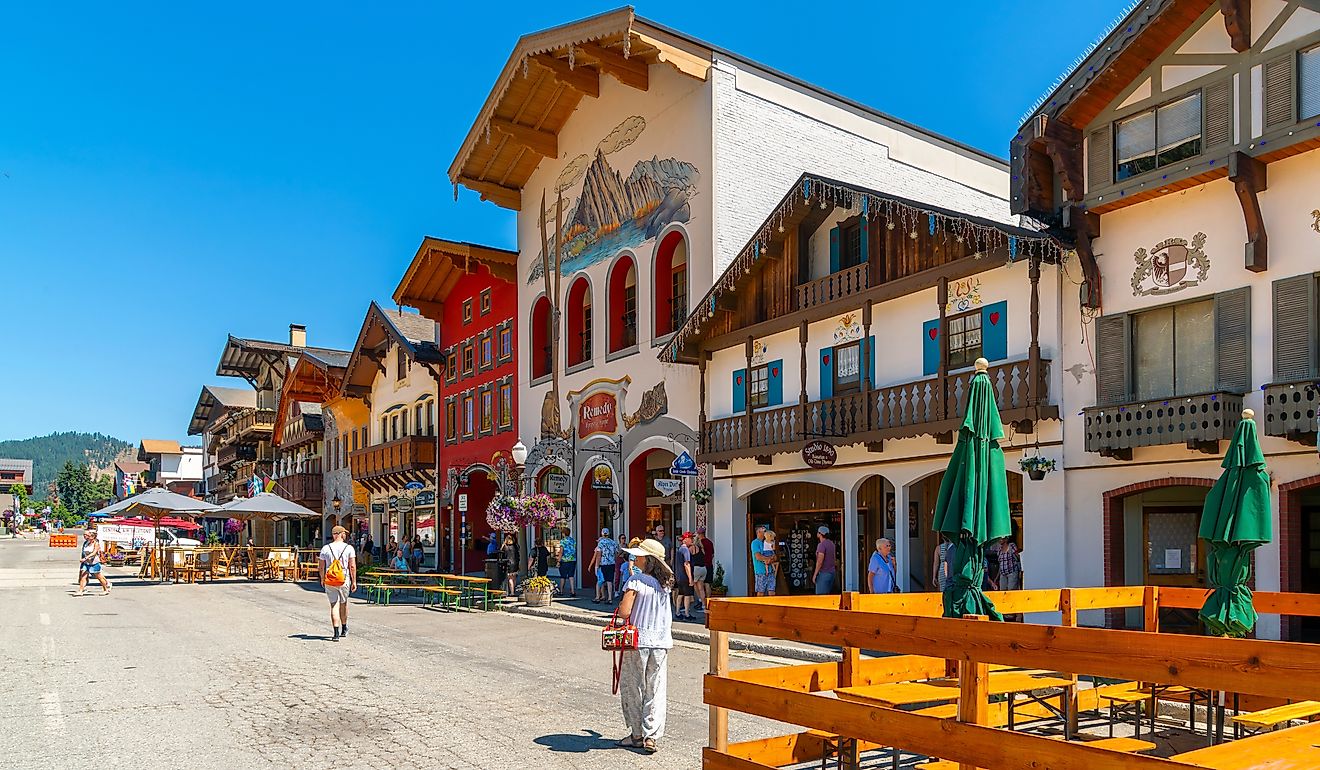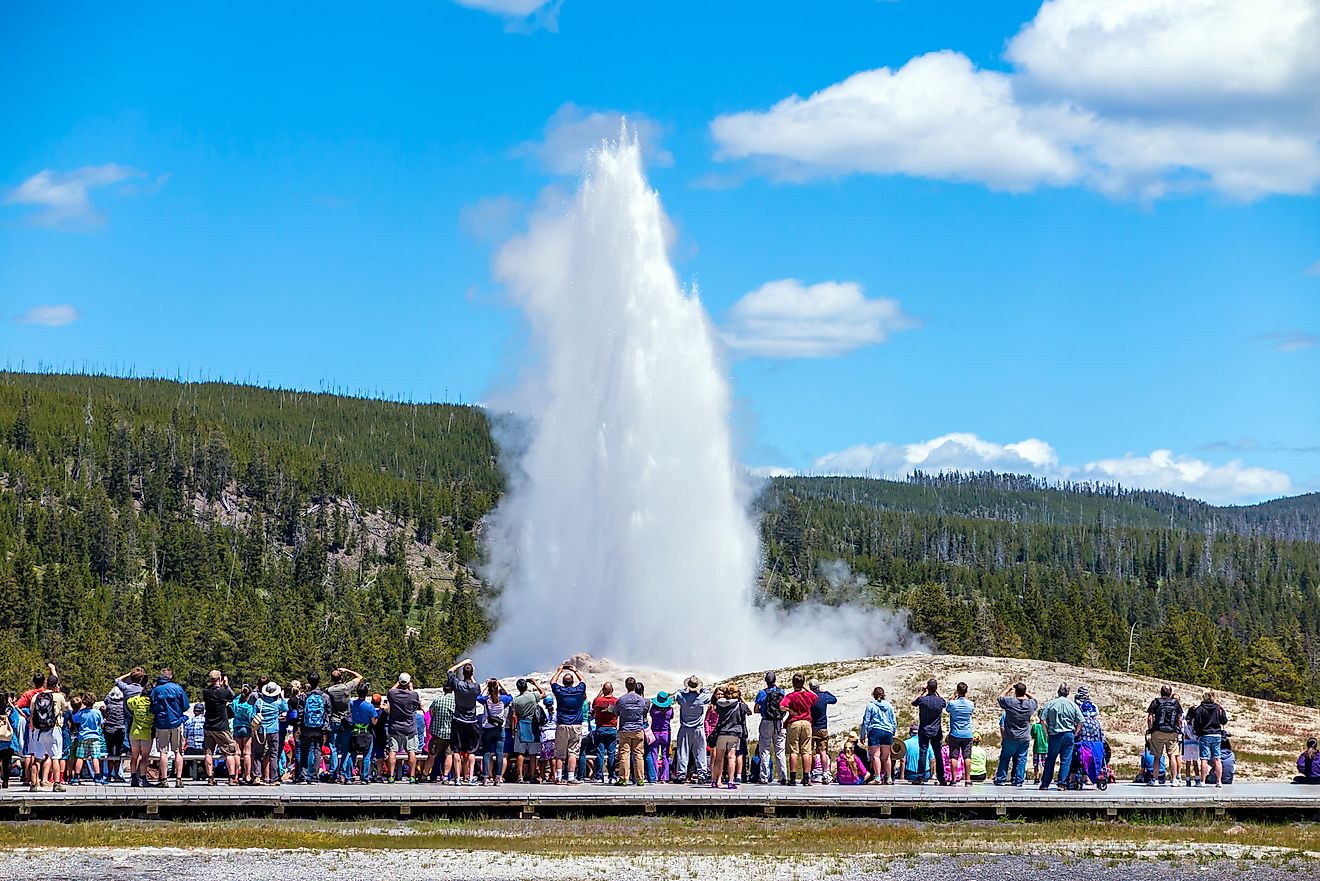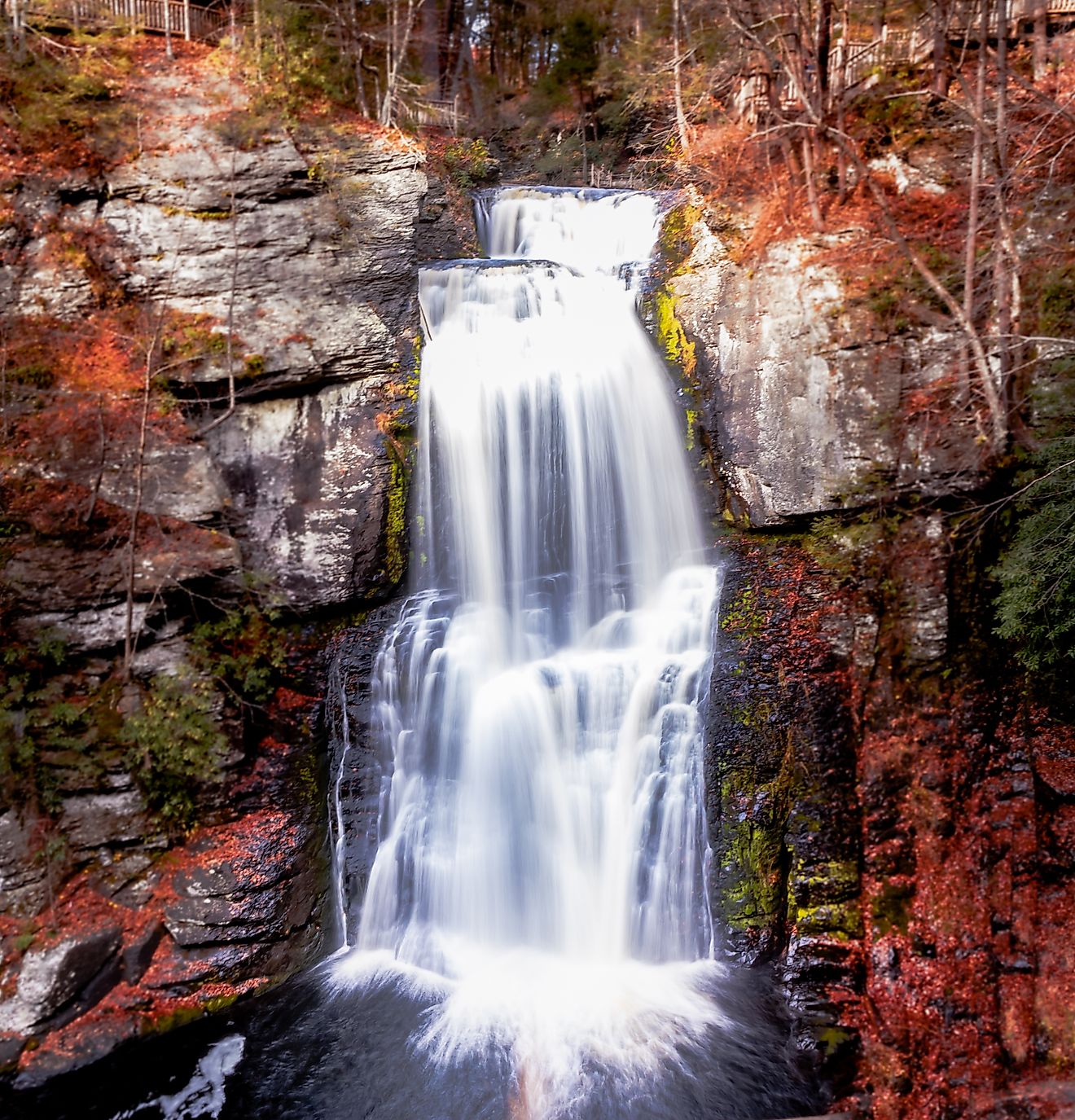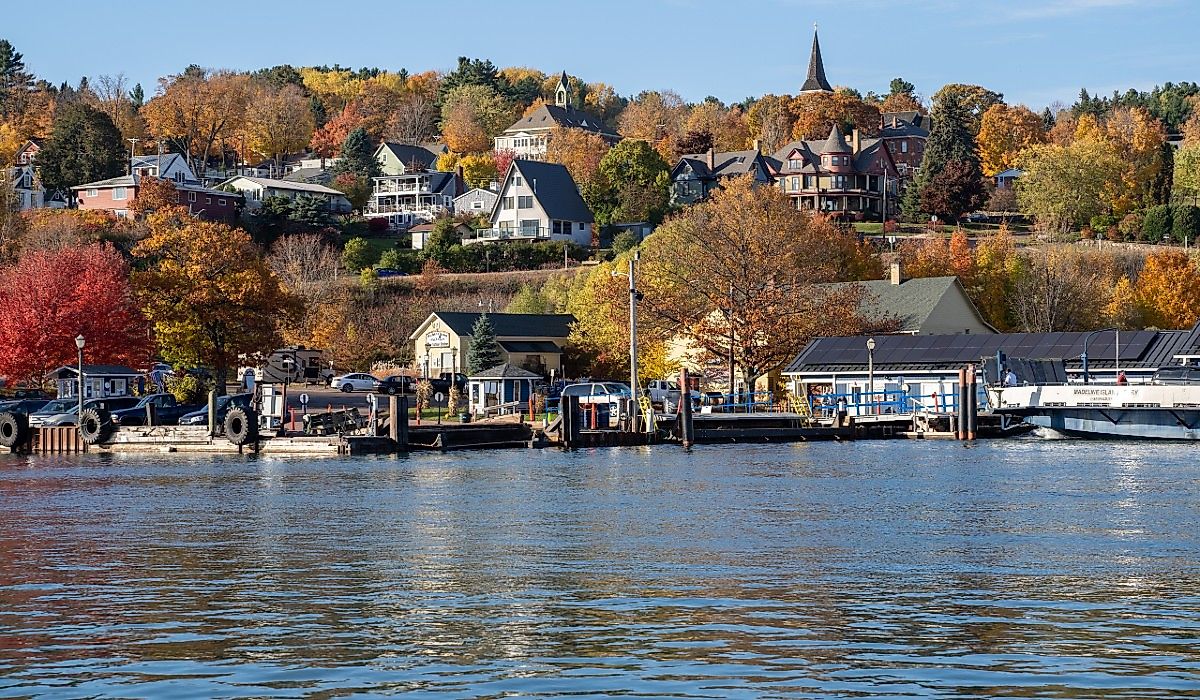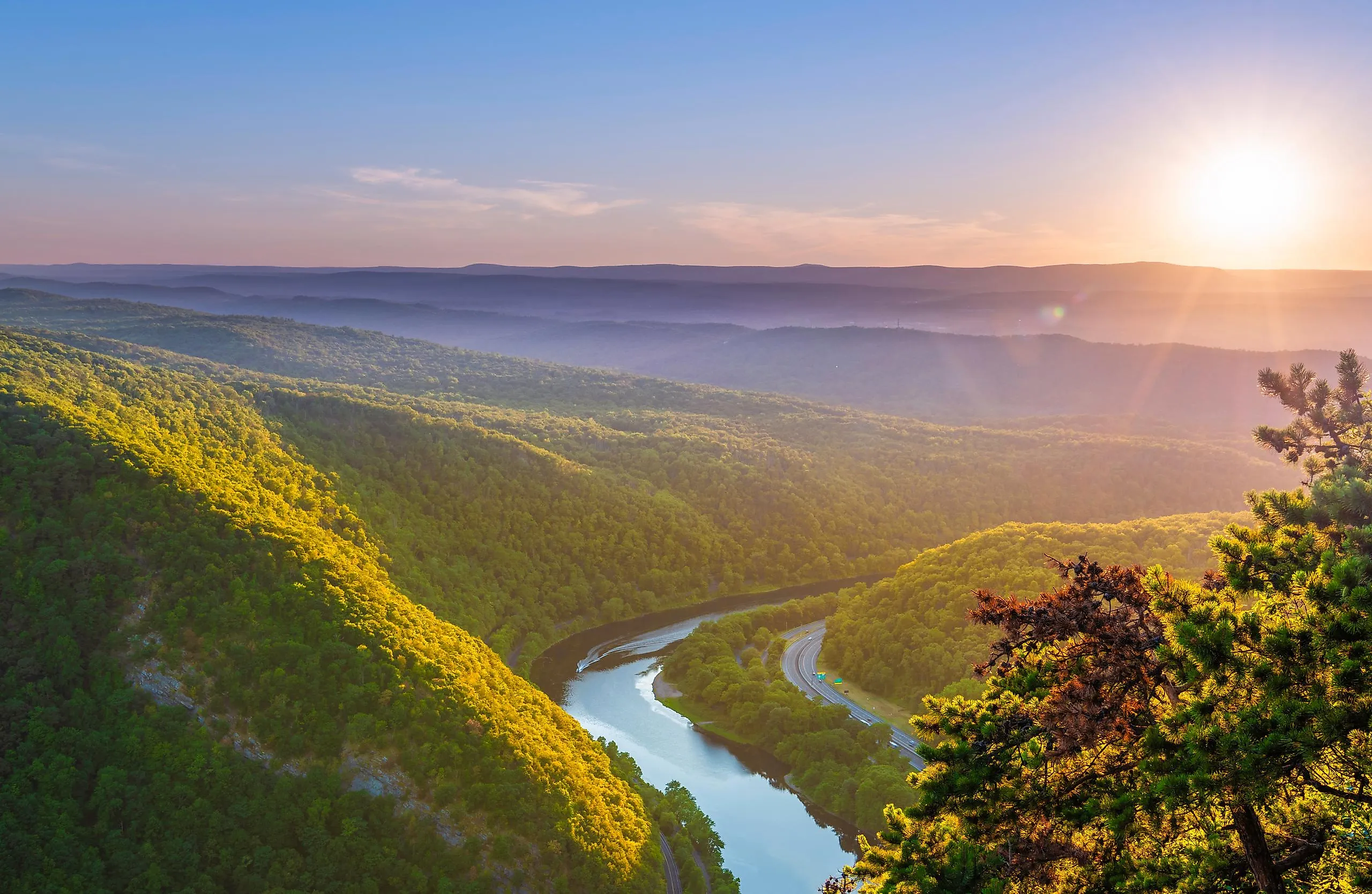
6 National & State Parks In New Jersey You Have To Visit
New Jersey’s system of state and national parks preserves a surprising range of landscapes in this otherwise highly urbanized region, from pine forests and river valleys to barrier beaches and mountain ridges. These protected spaces capture the state’s often-overlooked natural and historical depth, connecting you to unique locales such as Revolutionary War encampments, long-standing maritime landmarks, rare coastal habitats, and more.
Whether exploring the waterfalls of the Delaware Water Gap, climbing the Cape May Lighthouse, or hiking along the Appalachian Trail, each of the destinations we highlight below appeals to just about anyone looking to see another side of the Garden State outside its sprawling metropolitan areas.
Delaware Water Gap National Recreation Area
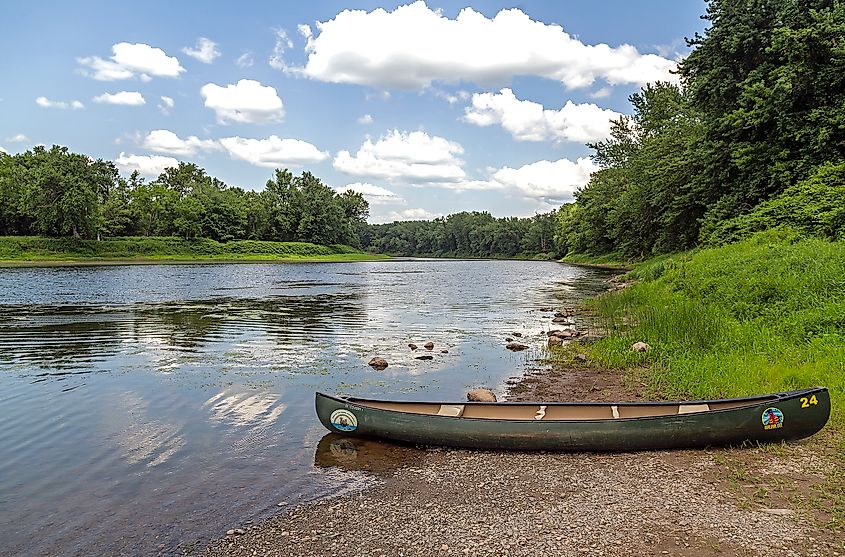
Delaware Water Gap National Recreation Area encompasses nearly 70,000 acres along the border of New Jersey and Pennsylvania, preserving one of the most scenic stretches of the Delaware River. This corridor features forested mountains, deep valleys, and numerous waterfalls that form a natural divide between the Pocono and Kittatinny ranges.
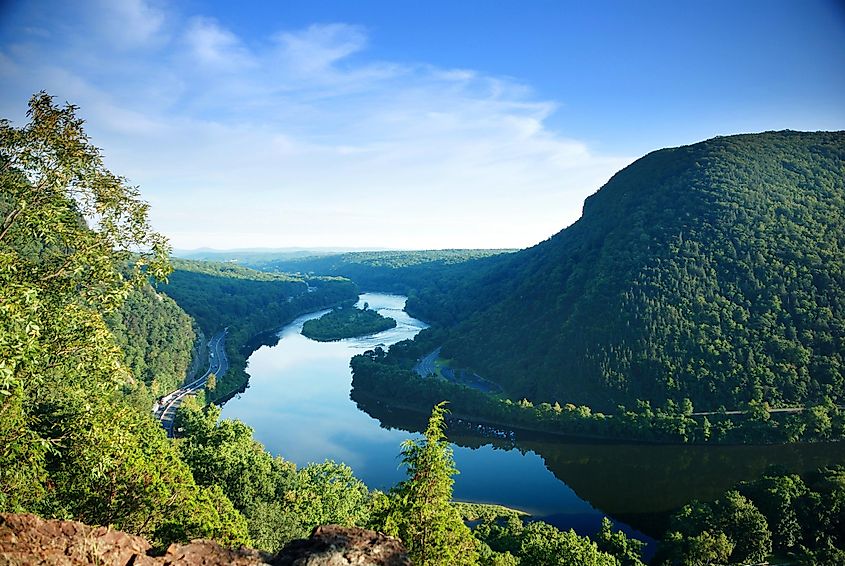
More than 150 miles of hiking trails traverse the park, including sections of the renowned Appalachian Trail that follow the Kittatinny Ridge and offer breathtaking views over the river. The area’s waterways are also central to its reputation as a destination for outdoor adventure, as canoeing, kayaking, and fishing are popular along the Delaware, where calm currents flow past cliffs, islands, and sandy banks. Furthermore, Dingmans Falls and Buttermilk Falls are easily reached by short walking paths. Wildlife viewing is exceptional in Delaware Water Gap, too, with healthy populations of black bears, bald eagles, deer, and many other creatures common throughout the park.
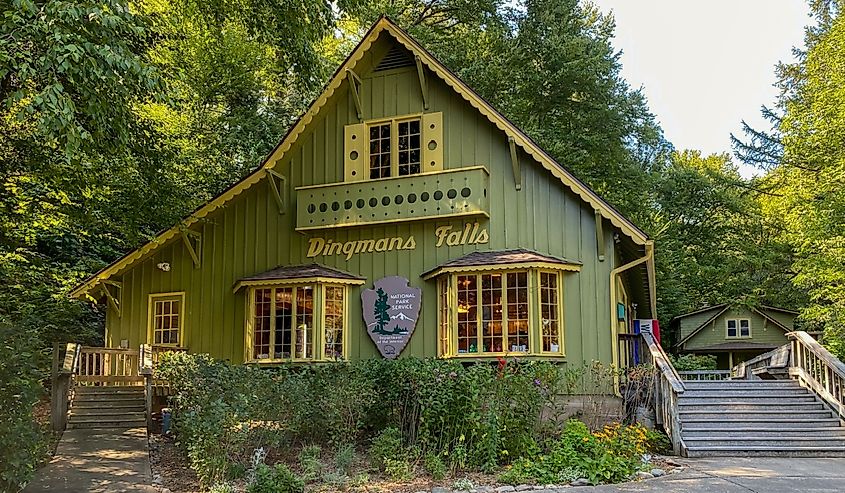
This national recreation area also boasts historic appeal, with remnants of numerous old farmsteads, former canal locks, and mill foundations scattered throughout, illustrating the region’s long history of settlement across the centuries.
Liberty State Park

Liberty State Park, situated on the Jersey City waterfront, is a sizable urban green space spanning over 1,200 acres, located directly across from bustling Manhattan. Created in 1976 on reclaimed industrial land during the United States' bicentennial, this park offers direct views of the Statue of Liberty, Ellis Island, and New York City's iconic skyline. There are even regular boat ferries to Liberty and Ellis Islands that depart from its docks.

Central Railroad of New Jersey Terminal. Wikimedia Commons.
Its open lawns, tidal marshes, and restored natural habitats contrast heavily with its dense urban surroundings, and a network of paved trails accommodates walkers, cyclists, and joggers along the Hudson River, including the two-mile Liberty Walk promenade that links major park features. You can also learn a bit more about the history of Jersey City at the historic Central Railroad of New Jersey Terminal, which was once a departure point for millions of immigrants traveling westward.
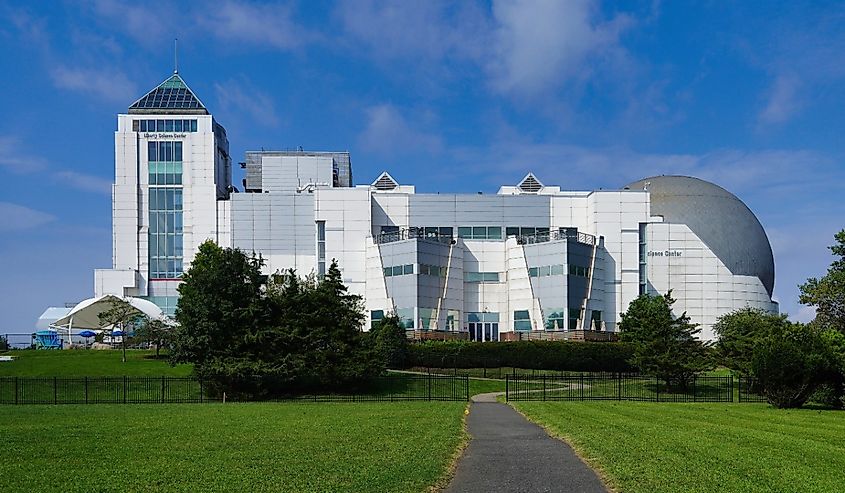
The Liberty Science Center, located adjacent to Liberty State Park, offers another educational component for the whole family, this time focusing on technology and environmental studies. Moreover, frequent public events, playgrounds, and spread-out picnic areas make the park a year-round gathering place for the busy neighborhoods around it.
Morristown National Historical Park
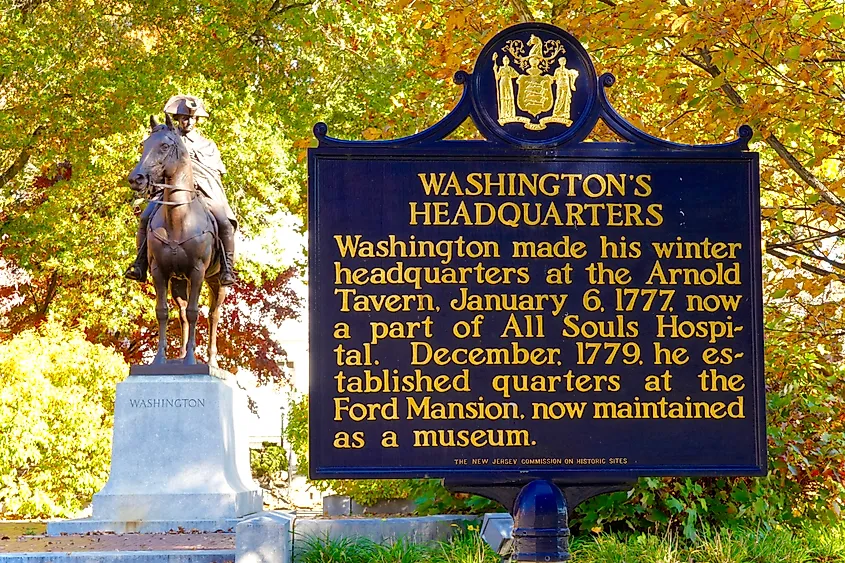
Morristown National Historical Park preserves sites tied to the Continental Army’s winter encampments during the American Revolution. Established in 1933 as the first national historical park in the United States, it protects approximately 1,700 acres across several key locations in and around Morristown, New Jersey.
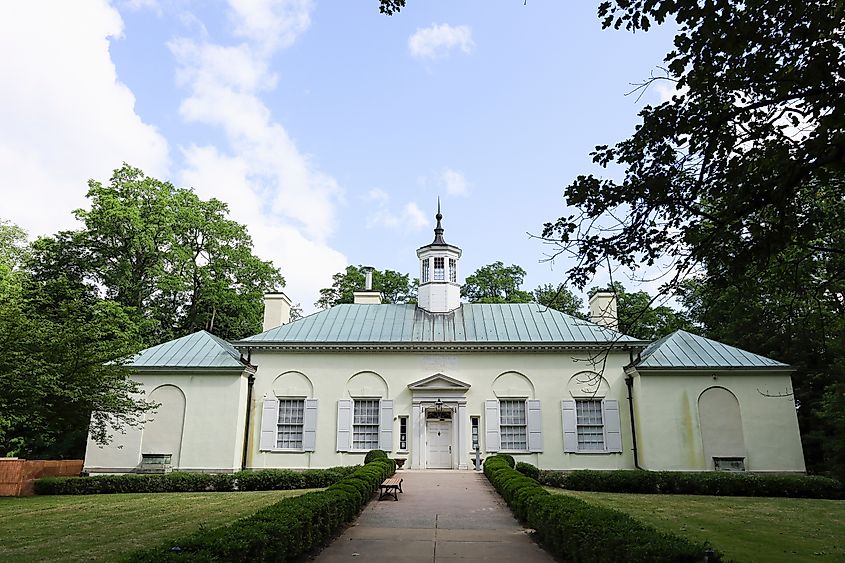
This highly informative attraction features George Washington’s Headquarters at the Ford Mansion, where the then-general lived during the harsh winter of 1779-1780, as well as the nearby Jockey Hollow encampment area, where thousands of soldiers also endured severe shortages and bitter weather. You are free to explore the park's other sites and exhibits, including reconstructed log huts, walking trails throughout the grounds, and a museum featuring artifacts such as manuscripts and personal items dating back to the Revolutionary era. Be sure also to check out Morristown National Historical Park's Fort Nonsense unit. Located on a strategic hilltop, this section offers yet more informative exhibits, along with scenic views overlooking downtown Morristown.
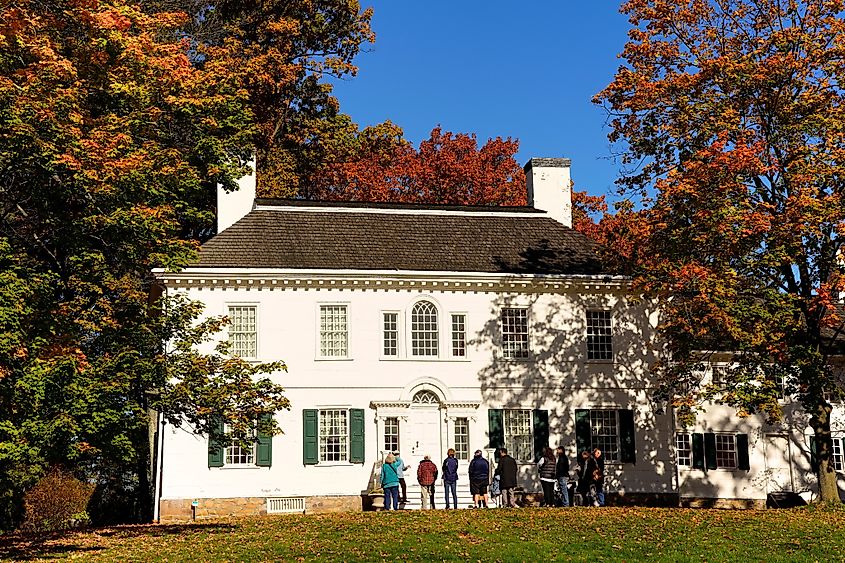
Modern interpretive programs, guided tours, and well-maintained trails make Morristown National Historical Park both an educational and reflective destination for understanding the nation's earliest days (and simply a good spot for an afternoon walk, too).
High Point State Park
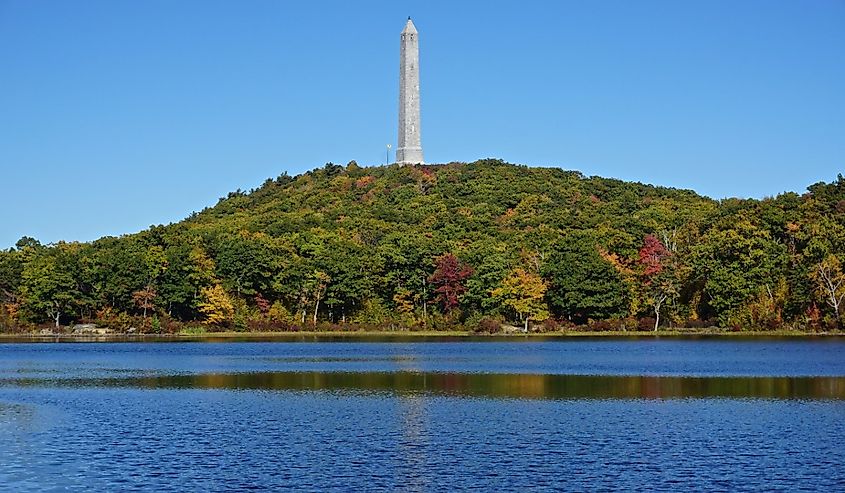
High Point State Park, located in Sussex County near the tri-state border with New York and Pennsylvania, houses 16,000 acres of forest, lakes, and ridges within the beautiful Kittatinny Mountains. It is, in fact, the highest point in New Jersey, reaching an elevation of 1,803 feet.
The park’s central feature is the 220-foot High Point Monument, dedicated to New Jersey’s veterans, which is the top spot (no pun intended) for 360-degree views of the nearby Pocono Mountains, Catskills, and the Delaware River Valley.
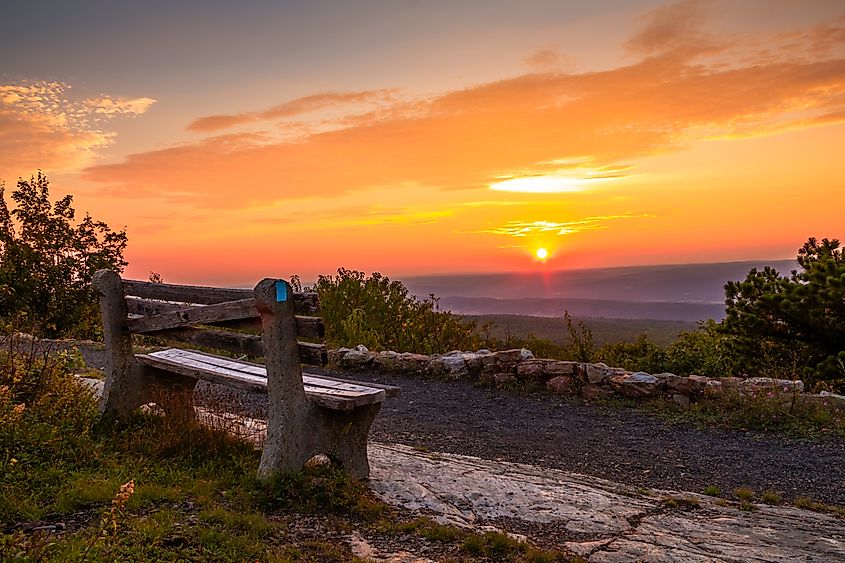
Boasting over 50 miles of hiking and cross-country skiing trails, including another section of the Appalachian Trail, High Point is a true year-round attraction. Summer is when most opt to visit, with locales like Lake Marcia, a spring-fed glacial lake, offering up several pristine swimming holes, while nearby Sawmill and Steenykill lakes draw in anglers and boaters.
Scenic drives on Route 23 and a collection of overlooks along the way better emphasize the area’s rugged topography and seasonal color in the fall, however. As the leaves begin to drop later in the year, this park is definitely one of the most gorgeous places in New Jersey during autumn.
Wharton State Forest
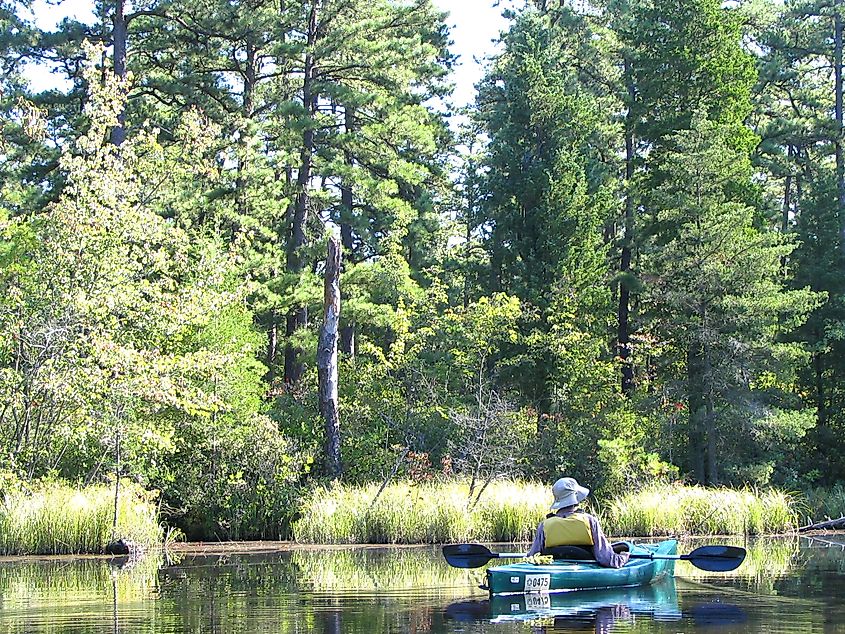
Kayaking on the Mullica River. Taken by User:Mwanner, 9 September, 2005. Wikimedia Commons.
Wharton State Forest, the largest single tract of land in New Jersey’s state park system, spans 124,000 acres across the renowned Pine Barrens. It encompasses an interesting and diverse landscape of sandy soil, pitch pine forests, cedar swamps, and winding tea-colored rivers such as the Mullica and Batsto. This forest’s ecosystem also supports several rare plant species and wildlife adapted to its acidic soils, including pine barrens tree frogs, bald eagles, and orchids.
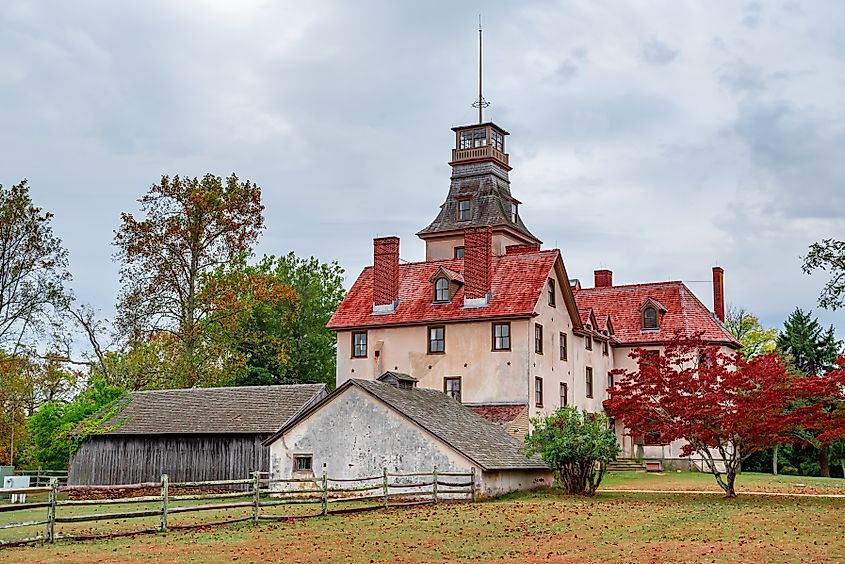
At its center lies Batsto Village, a preserved 18th- and 19th-century industrial settlement that utilized local resources to produce iron and glass. Today, the village serves as a historic site, featuring restored buildings and museum-like exhibits. On the other hand, local recreational opportunities include canoeing, kayaking, hiking, horseback riding, and camping, with routes such as the Batona Trail that traverse deep stretches of woodland. Numerous unpaved roads and waterways in this state forest also give way to secluded areas ideal for quiet exploration.
A less than 45-minute drive from downtown Philadelphia and a similar distance from Trenton, the Wharton State Forest is a good location for anyone looking to escape big city life for an afternoon or two.
Cape May Point State Park

Cape May Point State Park, located at the southern tip of New Jersey, watches over vital coastal habitats that serve as significant stopovers for migratory birds along the Atlantic Flyway. The park is primarily active during fall migrations, when thousands of raptors, warblers, and monarch butterflies pass through the area. Interpretive displays and a nature center provide further context on the region’s rich ecosystem, along with its military history, as the park also houses remnants of World War II bunkers that were once part of the coastal defenses.
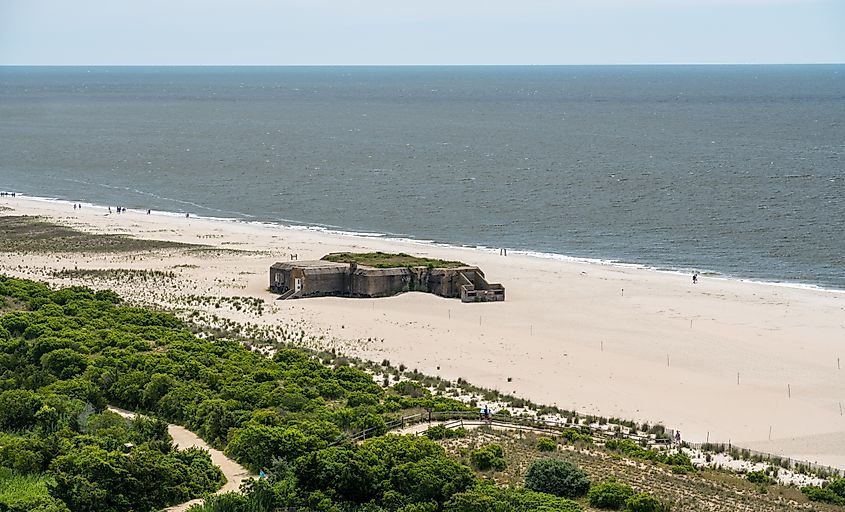
Although Cape May combines a wonderful mix of sandy beaches, freshwater wetlands, ponds, and maritime forests, its most recognizable landmark is actually a man-made one: the Cape May Lighthouse, built in 1859. The lighthouse remains active today, offering expansive views of the Atlantic Ocean and Delaware Bay. Several well-marked trails wind through nearby dunes and marshes, including the Red, Yellow, and Blue trails, which pass observation platforms used for birdwatching and fishing.
A visit to Cape May Point State Park is a perfect way to explore a distinctive section of New Jersey’s extensive shoreline, one that combines environmental conservation with a rich maritime heritage. What may be the biggest draw, though, is the fact that entry to this park is free!
This selection of parks forms a connected network of East Coast history, ecology, and recreational areas that extends from the Delaware River to the Atlantic. Each site, whether a battlefield, woodland reserve, or lighthouse, preserves large chunks of New Jersey's natural and cultural identities for future generations to appreciate. Exploring these fabulous destinations provides not only an outdoor escape but also a clear view of the Garden State's underrated variety of things to see and do beyond its more conventional tourist attractions.
